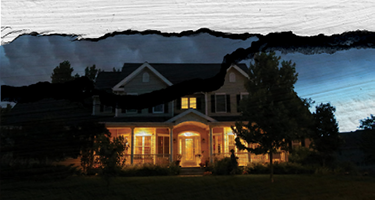A recent case cited by the Louisiana Court of Appeals for the Fourth Circuit reveals several important things about servitudes.
Why are servitudes important at all? They are a very useful real estate device to create rights in favor of one parcel of real estate over another. They cover a multitude of uses, ranging from vehicular and/or pedestrian passage to parking to height limitations to the availability of access to light and view.
Servitudes are complex creatures, and too often there is too little attention paid to them when they are created or when subsequent transactions involving them occur. The recent case of Brehm v. Amacker illustrates several lessons:
- Servitudes are not do-it-yourself things. They require precise draftsmanship from a lawyer.
- Servitudes require careful title examination in order to verify whether they exist or not.
- Lawsuits concerning servitudes are very fact intensive, but often end up relying, ultimately, on the surveys that are in the chain of title.
Brehm v. Amacker – Background
In 2014, a parcel of property that was originally 12 acres in size was the source of the dispute. All of the parties to the dispute derived their title from William and Jeanne Dalton. When the Daltons bought the property in 2001, their act of sale stated that the property was subject to a pre-existing servitude of passage and referred to a survey dated July 18, 2001. That 2001 survey showed a 60-foot servitude along the eastern side of the property, immediately adjoining a narrow 12-foot-wide street called Morning Mist Lane.
The Daltons sliced the 12-acres tract into 4 parcels of 3 acres each, one on top of the next, and all extending the full width of the original parcel from west to east. Each of the 4 tracts extended all the way to Morning Mist Lane on the east. The text of the acts of sale to purchasers of these 4 parcels omitted reference to the servitude, but the surveys attached to these acts of sale still included it.
Subsequent disputes developed between the owners of the four smaller parcels, which led to an attempt by one of the parcel owners to “amend” the servitude and to limit it to the 12-foot-wide Morning Mist Lane, and ultimately led to a lawsuit.
Louisiana Court of Appeals for the Fourth Circuit’s Ruling
The Louisiana Court of Appeals for the Fourth Circuit upheld the existence of the servitude. At the heart of a quite complicated ruling by the Court were the concepts that the original owner, the Daltons, clearly intended to burden the entirety of the 12-acre parcel with a 60-foot servitude, and that the original July 18, 2001 survey together with all subsequent surveys showed the servitude, even if the text of the acts of sale after the Daltons’ act of sale did not.
The Lessons for Servitudes
When buying property, pay close attention to the survey that is attached to the act of sale. What it shows could be binding, even as to matters not recited in the act of sale itself.
And, when attempting to establish a servitude or when disposing of property subject to the servitude, utilize a lawyer who is experienced in this field, to create documents that are clearer than those in the Brehm case, so that time-consuming and costly litigation later can be avoided. If the Daltons had established the servitude in a separate document and had clearly set out the parameters of the servitude in that document, with an accompanying survey that was consistent with the servitude document, none of the litigation in the Brehm case would have been necessary.


























